10 Ways to Find a Unique Angle for your Craft Business
To make more sales, you need to attract more shoppers.
And to attract more shoppers to your business, you need to stand out.
And to stand out, you must be doing something unique.
Easier said than done.
Taking your business idea and putting a spin on it that intrigues consumers takes work. But it’s worth it.
Here are 3 different areas of your business to dissect and 10 angles to explore.
Based on target market
1 – Common Interests
Consider popular common interests. Don’t feel confined by your product category when exploring interests; think of general ones too.
For example, if I’m starting an apron business, I would first explore the interests related to aprons. That might be:
- Cooking
- Hosting
- Baking
- Etc.
Then I would explore general interests. For example:
- Gardening
- Crafting/sewing
- Golfing
- Etc.
Brainstorm how you might make an apron based on a common interest.
For example, I might create an apron ideal for gardening, or I might create a gardening-themed line of aprons.
If an interest is too broad, think of the niches within it.
For example, most aprons are used for cooking and baking, so developing a line of aprons for baking won’t be unique.
However, many bakers focus on a niche of baking, such as: bread, cookies, pastries, etc.
I could target a market based on one of those specific interests, such as:
>> Aprons for bread bakers – developing a line of aprons with bread puns and illustrations printed on them, such as:
-
- “I’m on a roll” with an illustration of a dinner roll,
- “I don’t knead you, you knead me” with an illustration of a loaf of bread
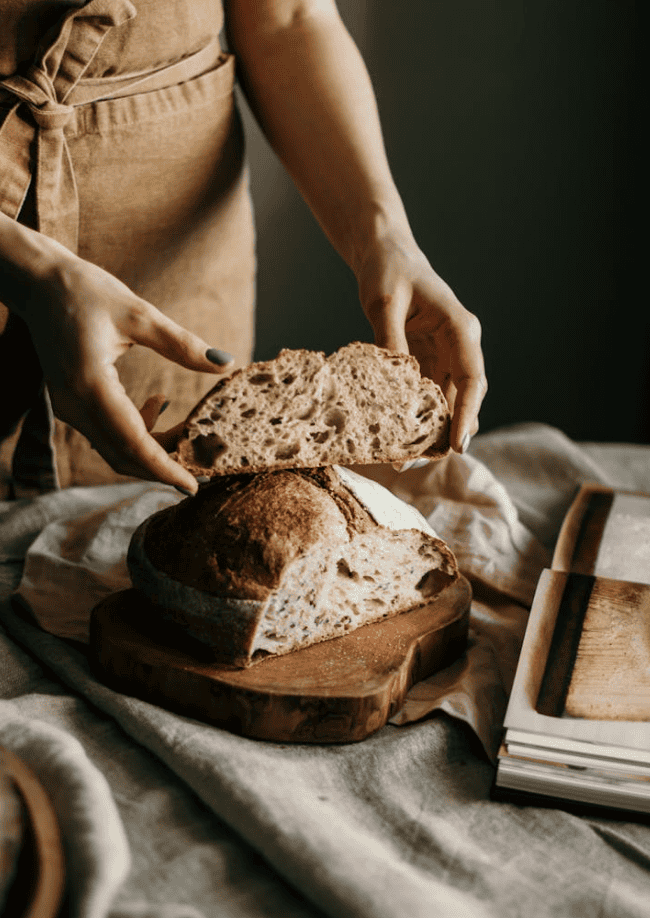
2 – Specialty boutiques
This is my favorite route to explore because it not only helps me uncover niches but also helps me find retailers (or types of retailers) that might carry my products.
Think of a popular shopping district in your city/town full of locally-owned businesses. You may visit this area in person or search on Google Maps and zoom in to see specific shops/restaurants/businesses.
What type of specific needs/wants/interests do these shops serve?
For example, I might find:
- book stores
- breweries
- flower shops
- maternity store
- bird store
- barber shop
- etc.
These represent niches I could focus on to create a unique business, and opportunities to have my products sold in a store. For example:
- a book-themed line of aprons for bookworms
- aprons for beer drinkers or people who brew beer
- flower-themed aprons
- matching aprons for mom and child or maternity aprons
- bird-themed aprons
- aprons for barbers or hairdressers
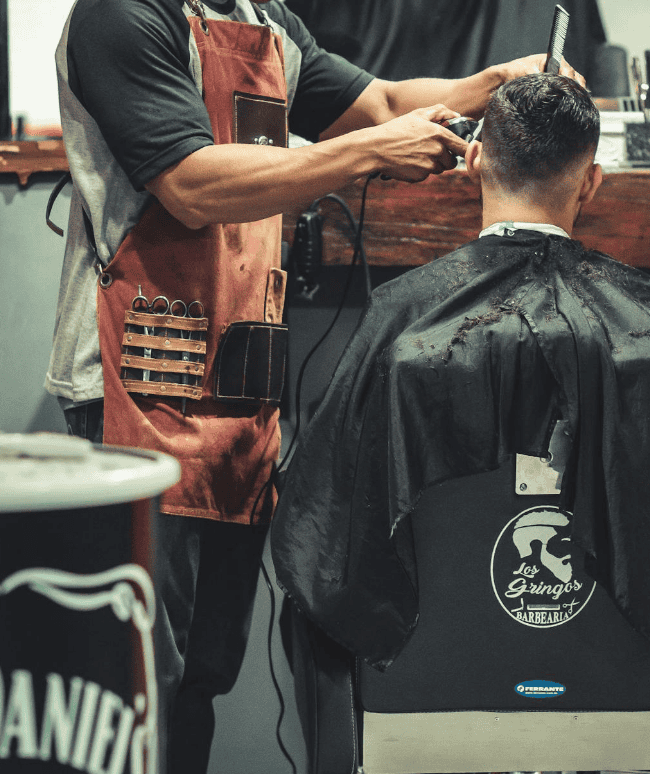
3 – Celebrities
Think of popular celebrities and influencers; what do they stand for/represent?
For example:
>> Aubrey Hepburn is known for her classic and elegant 50’s/60’s style
>> Jane Fonda is known as a feminist and environmental activist
Now imagine you were to create a line of products that your chosen celebrity would fall in love with.
For example, Jane Fonda might say “I have to have one” and even share the aprons with her followers if she saw a line of aprons with feminist phrases printed on them and discovered the business donates a portion of profits to feminist organizations.
Based on product features
4 – Unique feature
Start by listing the common features of your products.
For example, product features for soap might be:
- ingredients
- scent
- shape
- color
- production process (e.g. cold process)
- etc.
For aprons, product features might be:
- material
- style
- pockets
- ties/closures/openings
- coverage
- protection
- etc.
Keep your target market top of mind as the product feature you focus on must be one they care about.
Brainstorm how you can make your product unique through one or more of its product features.
For example, most aprons are open in the back and use ties to close them. Perhaps an apron that opens in the front and wraps closed, with a velcro closure would stand out and be ideal for people with more limited mobility.
Or, I may consider materials that provide better protection for people who deep fry foods or work with open flames.
5 – Aesthetic
Focusing on a specific aesthetic can be a simple way to set your business apart and make its products stand out.
You may explore trending aesthetics. For example, at the time of writing this article, Y2K, preppy, cowgirl, cottagcore, etc. are popular aesthetics.
Or you may focus on a more general/classic/evergreen aesthetic. such as:
- a color palette (e.g. neons)
- a common style (e.g. goth, pinup, or 70’s)
- a print (e.g. plaids)
For example, I may focus on a pink aesthetic and only offer aprons in shades of pink.
This creates a strong visual impact for business elements such as your:
- Instagram feed
- lookbooks
- website or online shop
- craft show display
6 – Purpose
You may find a unique angle by exploring a different purpose your product can serve.
First, think about the most common purpose your product tends to serve.
Then, think outside the box and consider a unique purpose it can serve.
For example:
>> Most jewelry is designed to add style to an outfit. Perhaps jewelry can serve a health benefit by being made from healing crystals or copper. Or having uplifting phrases stamped on them.
>> While most scarves are designed to keep necks warm, a line of winter scarves made out of lace or organza would do little to add warmth, but could look more stylish than a typical wool scarf.
>> An apron is typically worn to protect a cook’s everyday clothes, but perhaps the apron is so beautiful that the cook wears it more for style than function, and doesn’t want to take it off when sitting down to dinner.
Based on marketing & selling
7 – Magazine
Head to a bookstore, grocery store, or gas station with a magazine section. Browse the categories/themes/interests the magazines cover.
Now brainstorm versions of your product that would, without a doubt, be featured in one of those magazines.
Don’t try to imagine pitching your existing product to the magazine, but rather, creating a product that is so perfect for the magazine, that they contact you about a feature.
For example, I could take a regular apron and pitch it to a bridal magazine as the perfect gift for a new bride, but that wouldn’t be very effective.
Instead, I would brainstorm how I could create aprons for brides. Such as:
- An apron that looks like a wedding dress (e.g. white, made from lace, pearl accents)
- Matching Mr. & Mrs. aprons
- A line of aprons that can be given as bridesmaid and groomsmen gifts.
8 – Auto-suggest
Use popular search engines to see which search phrases are most popular when it comes to your product.
Open a search engine. Start with Google but also explore places like Etsy and Pinterest.
Type your product’s name into the search bar, but don’t click enter.
Look at the suggestions that populate below the search bar.
If you’re not getting much for results, try typing a letter and then check the auto-suggestions again.
For example, I would type:
aprons a
aprons b
aprons c
*Be sure to clear your browser’s cache so you get fresh suggestions and not ones based on your search history.
9 – Blog/website articles
Google your product’s name with “best” & “for”. For example “best aprons for”.
First, pay attention to the auto-suggestions in the drop-down.
When I search “best aprons for”, the following niches appear in the auto-suggestions:
- Best aprons for chefs
- Best aprons for pottery
- Best aprons for grilling
- Best aprons for artists
- Best aprons for cooks
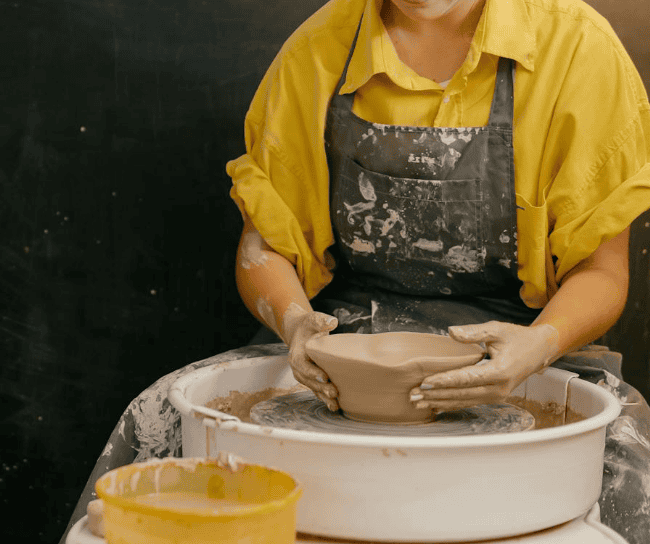
Many of these are good niches for an apron business.
However, now we want to look at the search results for “best ____ for” (and not one of the auto-suggestion niches).
After entering your search (e.g. “best aprons for”) click return to see the search results.
Look for articles written on your product, rather than product results.
For example, going through the first few pages of Google results for “best aprons for” I see the following articles:
- Best kitchen aprons
- Best aprons for cooking
- Top Chef aprons
- The best non-boring aprons
- The very best men’s cooking aprons
- The best aprons for BBQ & grilling
- The best linen aprons
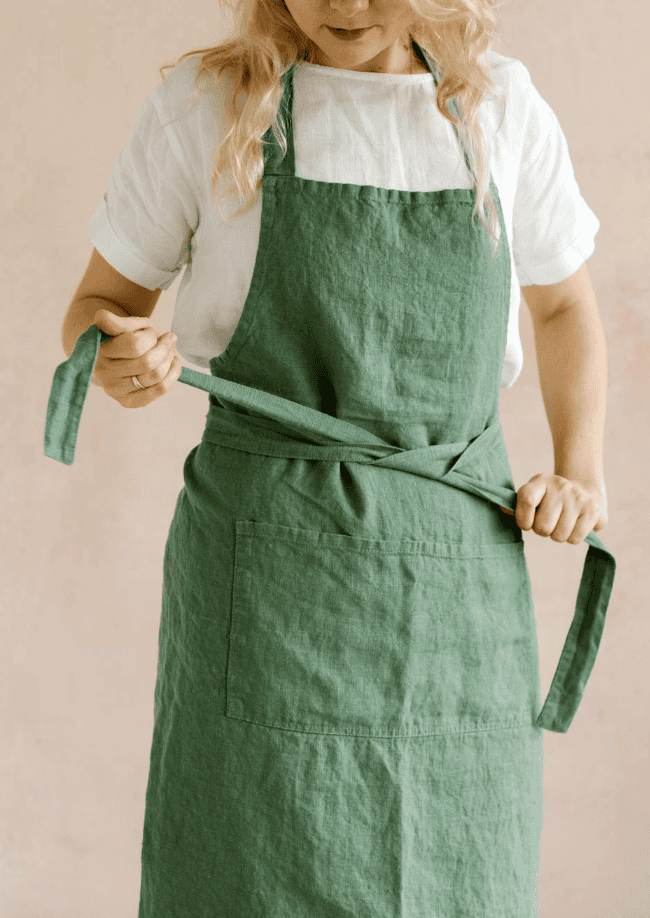
The next step is to click on the articles that feature a niche you’re interested in, or the articles that cover more general products.
For example, the “Best kitchen aprons” article is fairly general, so I’ll click on it and see if they cover any subcategories of aprons under the “kitchen apron” category.
The article has the following subcategories:
- bib aprons
- affordable
- cross-back
- colourful & lightweight
- denim
- BBQ & grilling
- sturdy & thick
- water resistant
- pinafore
- half aprons
Any one of these could be a niche to focus on that could help me develop a unique angle for my business.
10 – Competition
Look to see what’s already out there and what the norm is. Then consider if you can go in a very different direction.
For example, let’s say I found a popular niche of aprons: floral aprons.
When I search the competition, I notice most of the floral aprons on the market are soft pastels, vintage-style floral prints, etc.
I may consider making bright, colourful, and graphic floral aprons to stand out from the feminine/vintage/muted floral aprons already on the market.
Or, I may want to create BBQ aprons and notice there are plenty of options out there, but they’re all solid aprons, some with BBQ puns on them.
I could go in the opposite direction and make BBQ aprons in bright colors and bold prints.
These aren’t the only ways to find a unique angle for your craft business but I hope they give you some new ideas 🙂
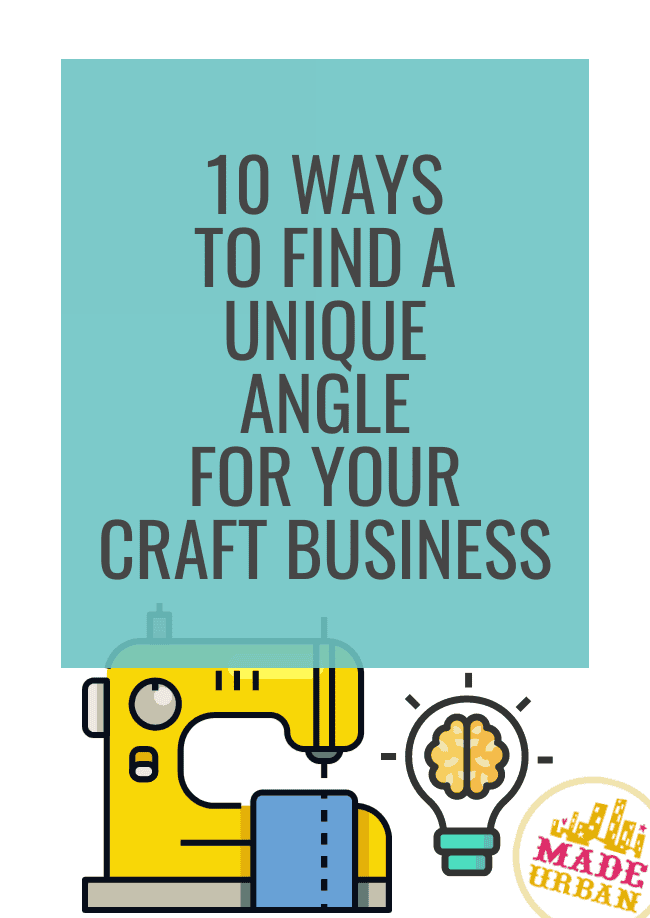

Hey, I’m Erin 🙂 I write about small business and craft show techniques I’ve learned from being a small business owner for almost 2 decades, selling at dozens of craft shows, and earning a diploma in Visual Communication Design. I hope you find my advice helpful!

I made some aprons for my friend’s Estate Sales & have had sooo many requests from other Companies that do them…but I am addicted to making bags, so keep refusing. If anyone decides to do this type, things others love about them is that instead of making regular ones that tie, they attach like an adjustable crossbody strap that clips on. This eliminates the ties getting wet, when using the rest room. If that sounds strange…believe me…after working in retail where we had to wear aprons, this was a BIG deal:-)
That’s a great idea Valerie! I love that you’re sticking to what you love to make too. It’s so easy to go down a rabbit hole of ideas based on what others think you should offer.
~Erin